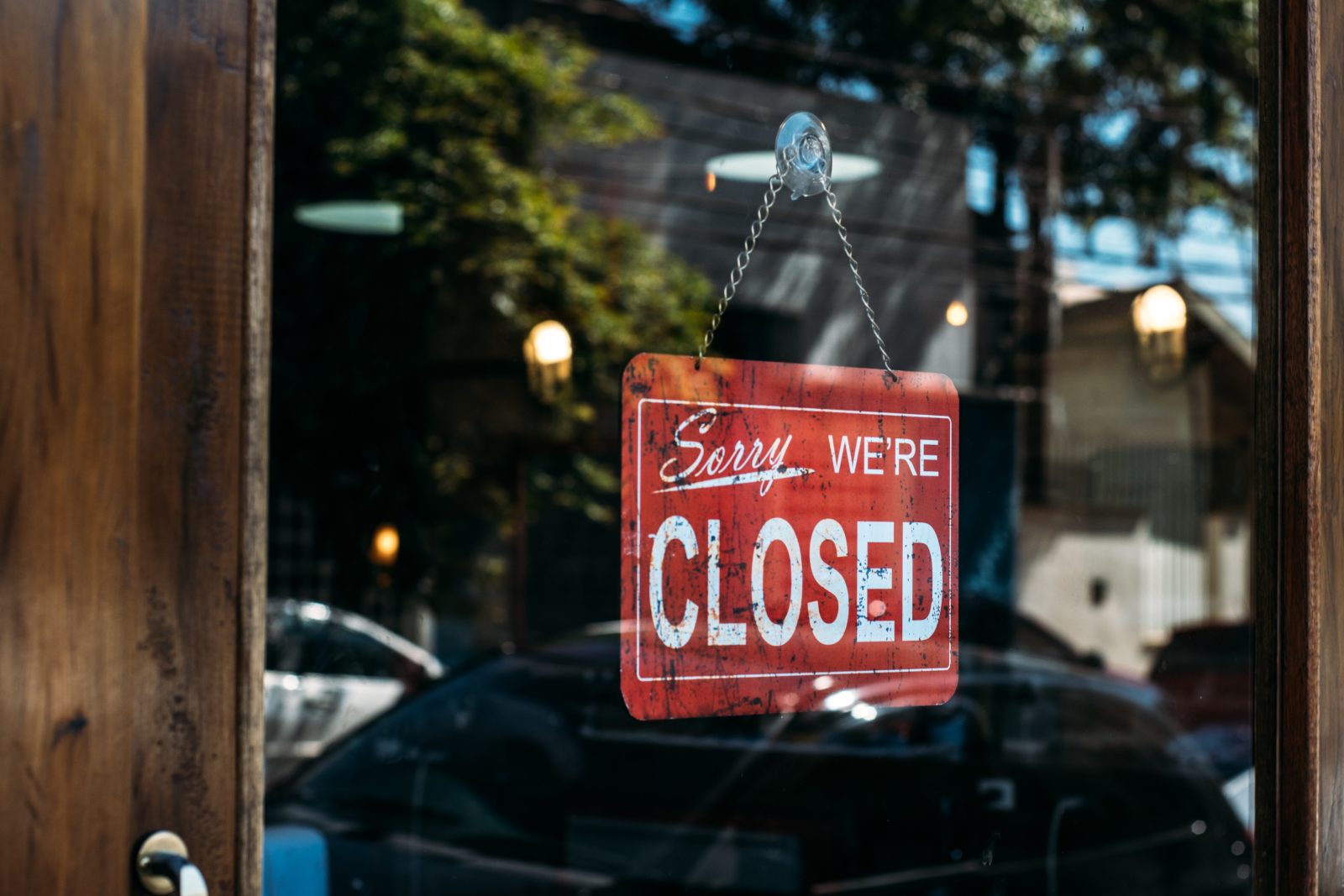In an announcement made January 3, Ontario Premier Doug Ford announced that the province would be going back into Step Two of the Roadmap to Reopen plan. Capacity limits are back in effect once again, some non-essential businesses are closed, and work-from-home is advised for all staff that can do so. There are also some modifications that consider the province’s successful vaccination efforts.
Starting January 5, the relevant restrictions from the Roadmap to Reopen will be back in effect. These restrictions are expected to last for at least until January 27, at which point the government will reconsider the situation and advise on what comes next.
Until then, social gatherings will be limited to five people inside or 10 people outside and organized public events will be limited to five people inside, with social distancing and masks being strictly enforced for outside events.
Weddings, funerals, and religious services are limited to 50-per-cent room capacity or the social distancing limit of an outdoor venue. Drive-in services are permitted as before, but social gatherings associated with services must adhere to the gathering limits.
Retirement homes are exempt from these restrictions if they follow the policies or guidance issued by the Retirement Homes Regulatory Authority
Retail stores will be limited to 50-per-cent capacity, which includes shopping malls, and line-ups are again instructed to spread out. Food courts will be closed, active screening will be in place, and loitering is prohibited now more than ever.
Indoor food and drink service is close for restaurants, bars, dance floors, strip clubs, nightclubs, and any other establishment that serves food and drink. Take out, drive-through, and delivery are still allowed, and outdoor areas are open with restrictions. No more than 10 people to a table; everyone must remain seated, with no dancing or singing allowed, and active screening will be in place for all people entering the establishments. The sale of alcohol will end at 10 p.m. and consumption on the premises must conclude by 11 p.m., except for delivery and takeout, grocery, or other retail stores.
Indoor meeting and event areas are closed, with some exceptions. Childcare, court and government services, social and health services, and collective bargaining and mental health/addiction services are limited to 10 people. In-person field exams are limited to 50 people.
Indoor sports centres are closed, with limited exceptions for those training for the Olympics and Paralympics, select sports leagues operating under an approved framework and physiotherapy facilities. Outdoor sports centres are limited to 50-per-cent capacity with spectators. Proof of vaccination will be required for facilities with a regular capacity of 20,000 or more.
Indoor recreational amenities are closed, as are concert venues, theatres, and cinemas. Outdoor venues are open with restrictions, such as masking and 50-per-cent capacity limits for all sectors.
Casinos, bingo halls, and other gaming establishments are closed, as are saunas, steam rooms, and oxygen bars. Outdoor racetracks are open at 50-per-cent capacity with mandatory reservations.
Personal care services such as barbers, hair salons, tattoo parlours are limited to 50-per-cent capacity, and face coverings must always remain on. Appointments and screening are mandatory.
Hotels, motels, short-term housing, and other accommodations will remain open, but indoor amenities must close. Hotel restaurants may only offer takeout and delivery. Short-term housing will only be open to those in need.
Real estate will operate by appointment only, with no open houses.
Businesses that provide in-person teaching are closed for indoor instruction, except for health and safety training. Outdoor areas are open with restrictions such as physical distancing and driving instruction will be limited to commercial motor vehicles.
Finally, libraries are open with 50-per-cent capacity, with some amenities such as childcare and social services excepted.



